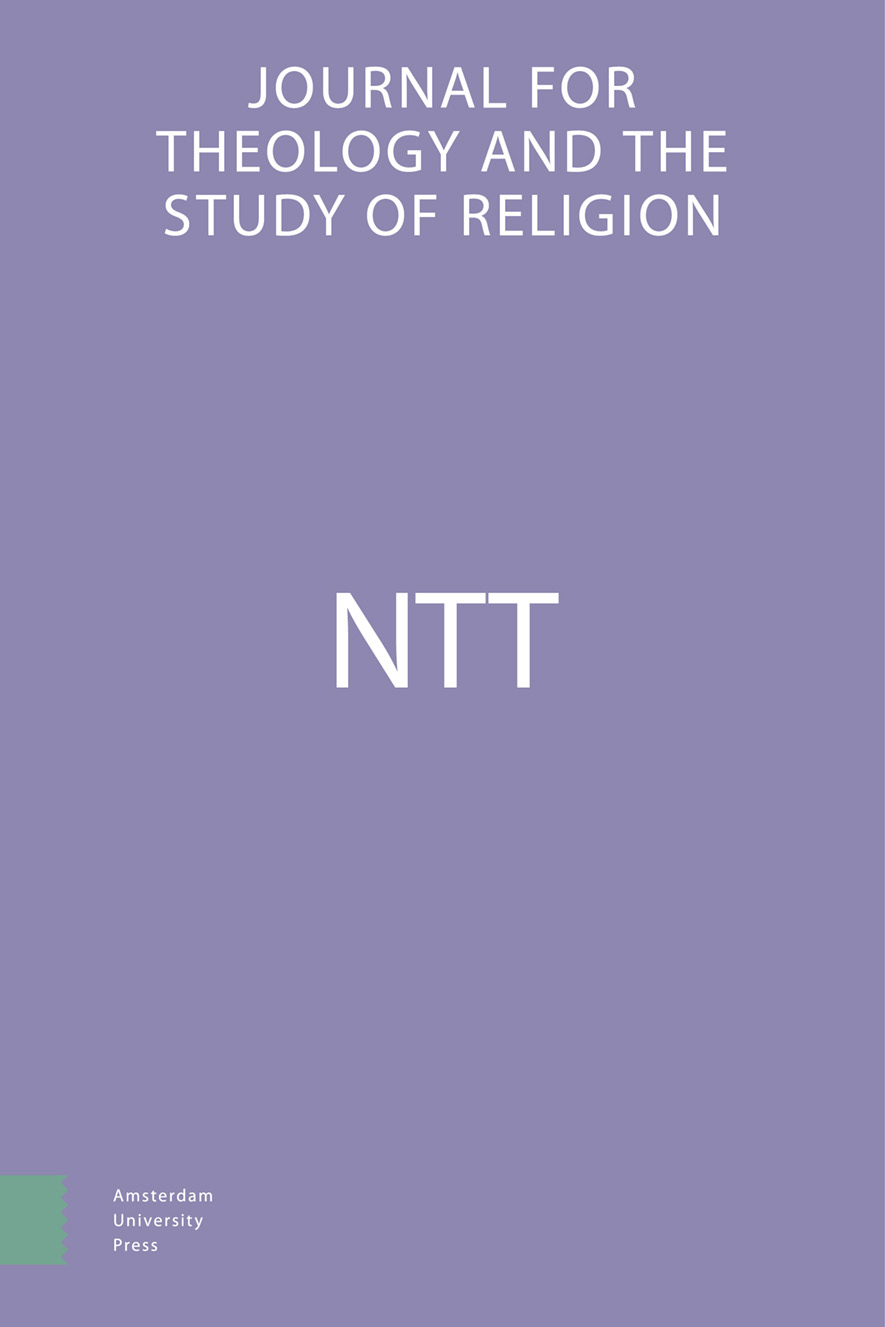
Full text loading...

After the transmission of the spirit from Elijah to Elisha (2 Kgs 2:1-18), two small stories follow that have preoccupied the exegetes (2:19-22 and 2:23-25), partly because they are two remarkable miracles, partly because the two contrast remarkably strongly. The two stories form a diptych. They tell of the first deeds of Elisha. Do they function as legitimation of Elisha as a prophet, as many scholars claim? The stories contain different signs, suggesting that Elisha’s first deeds are too ambiguous, to see him, though following Elijah, as a legitimate prophet.

Article metrics loading...

Full text loading...
References


